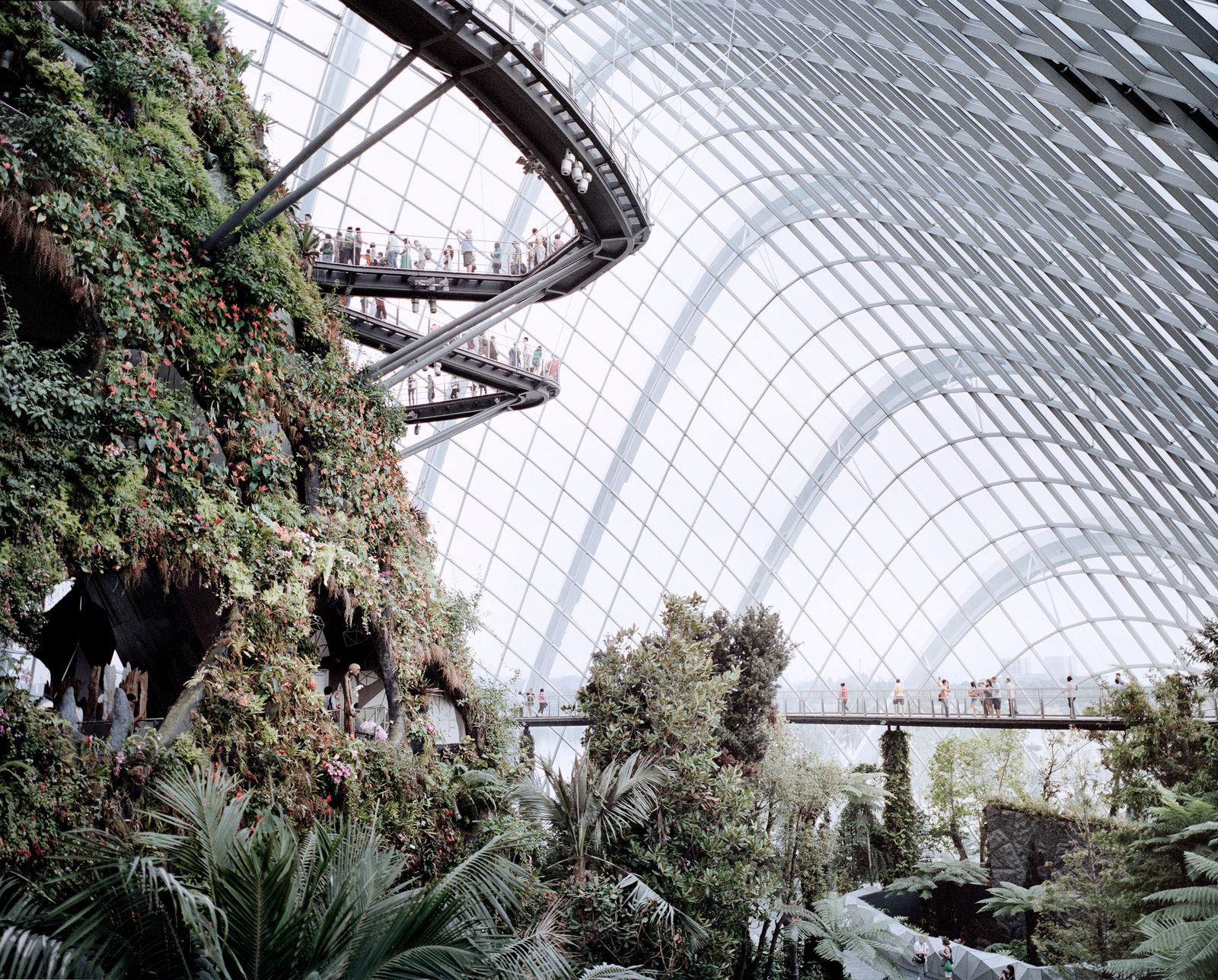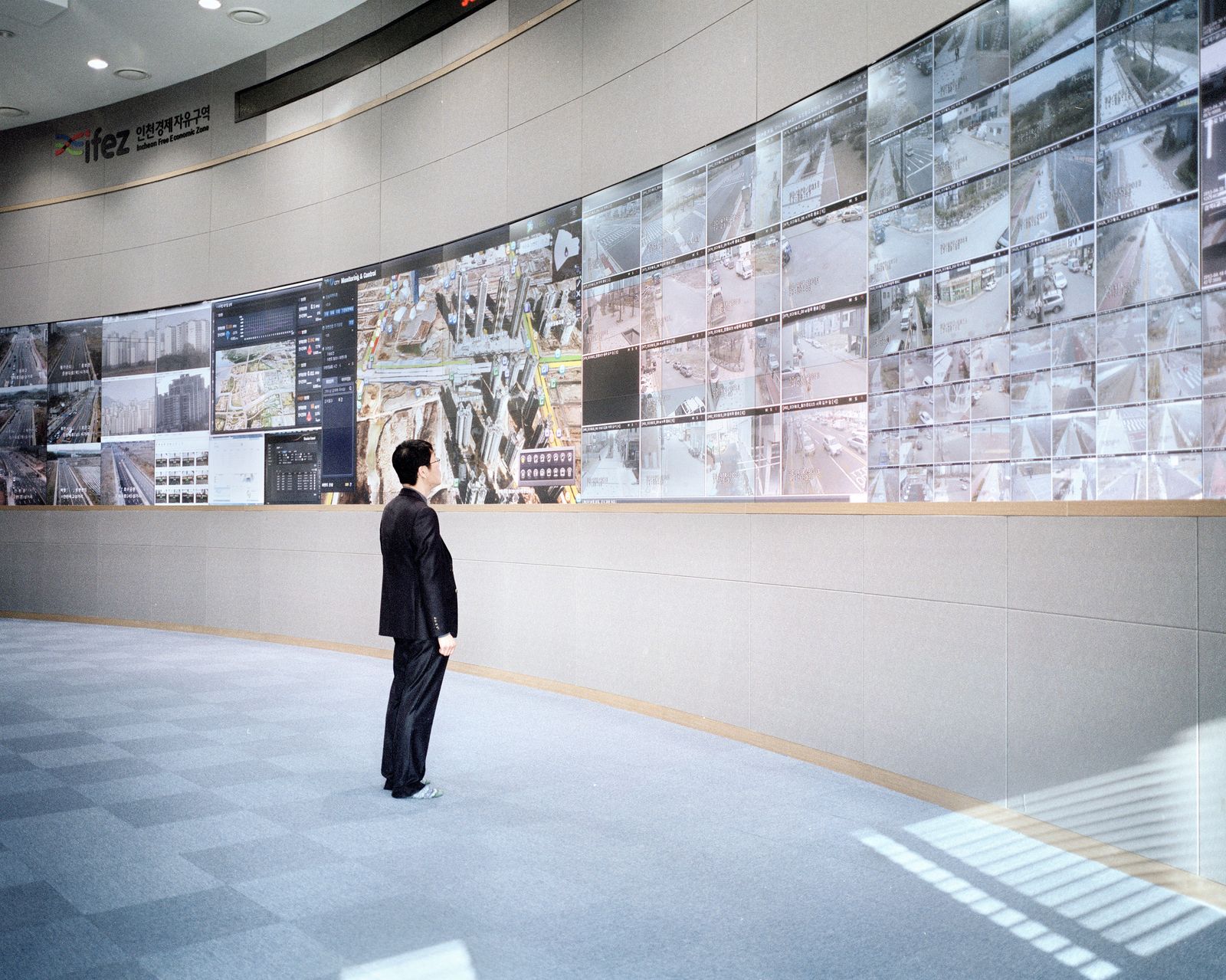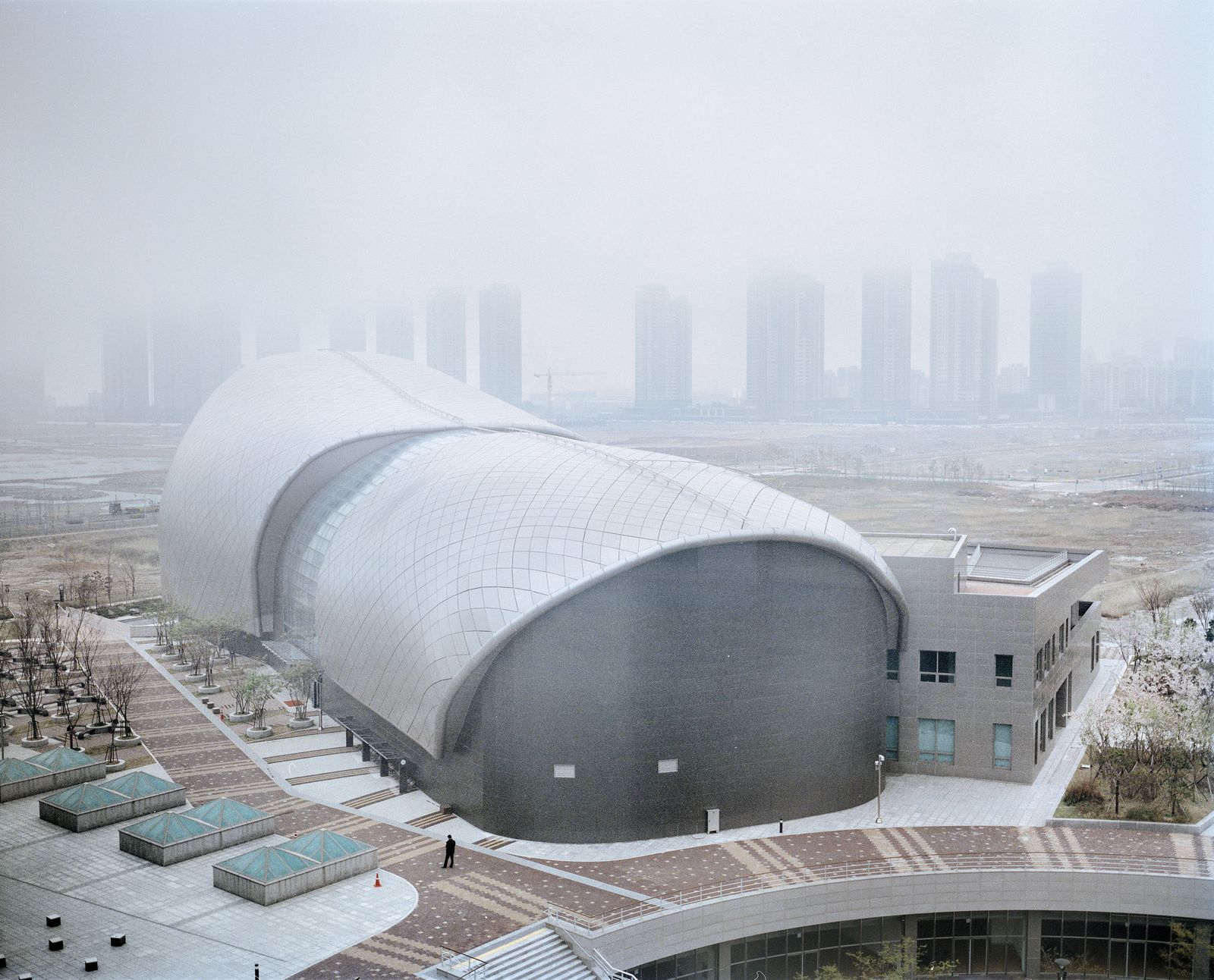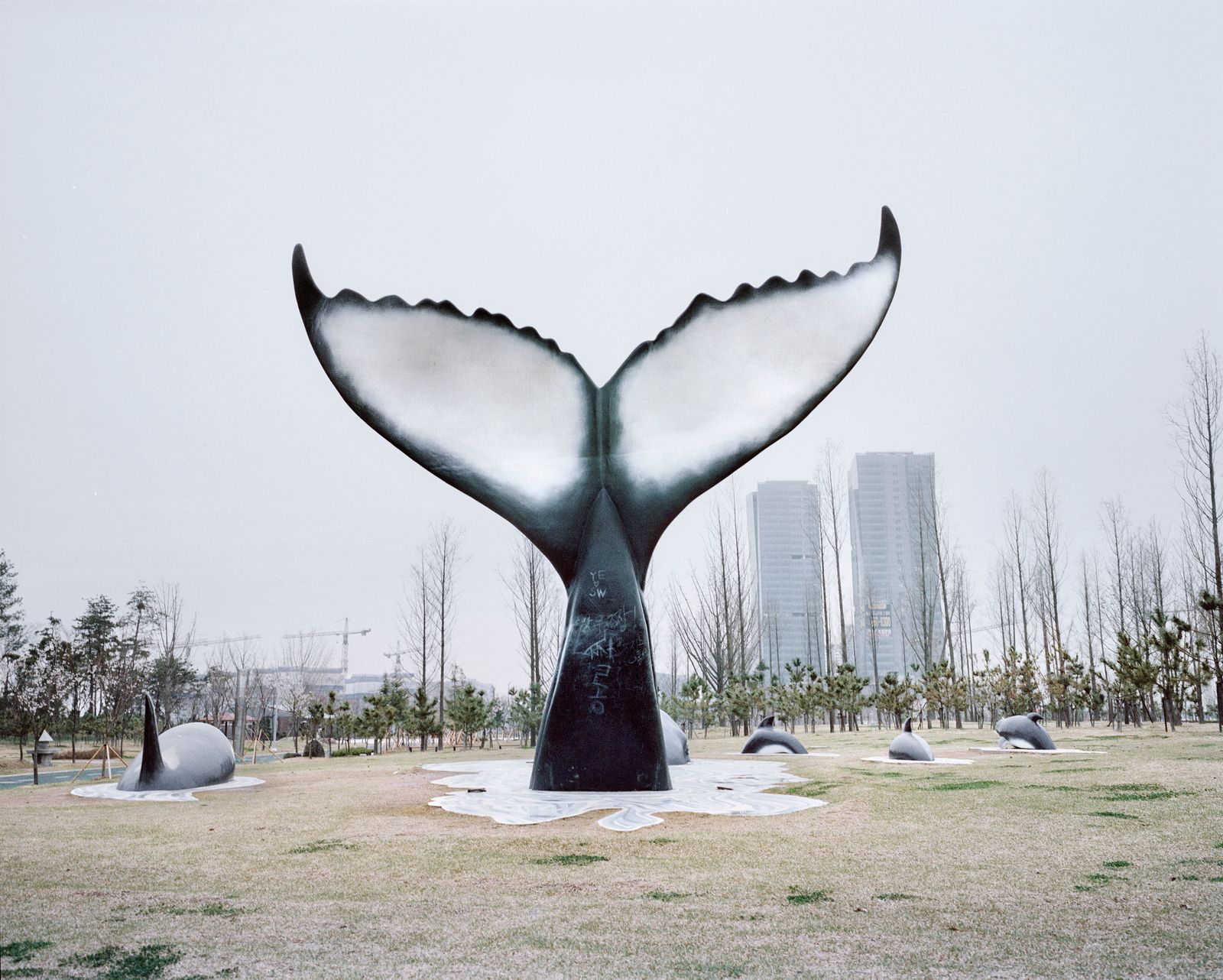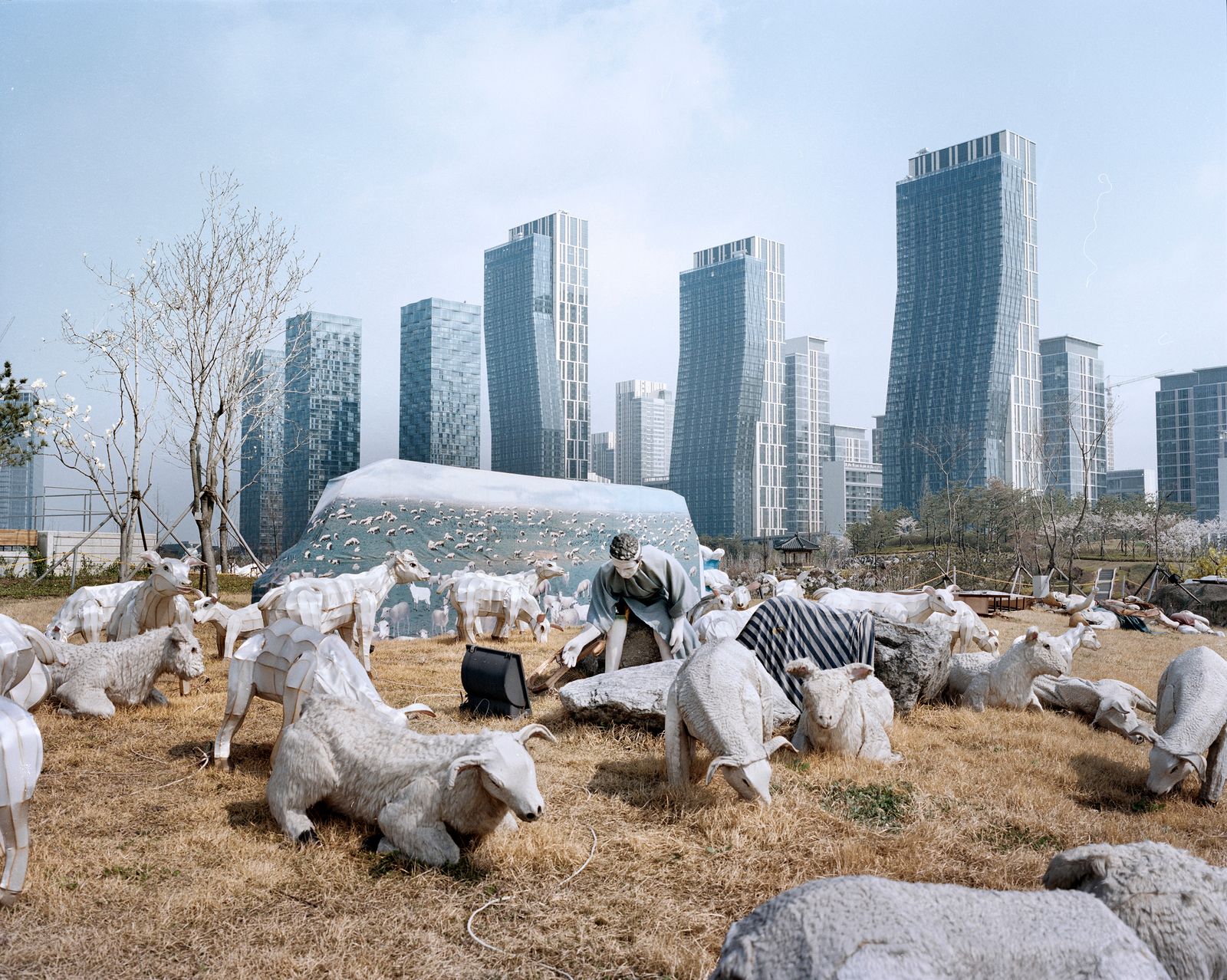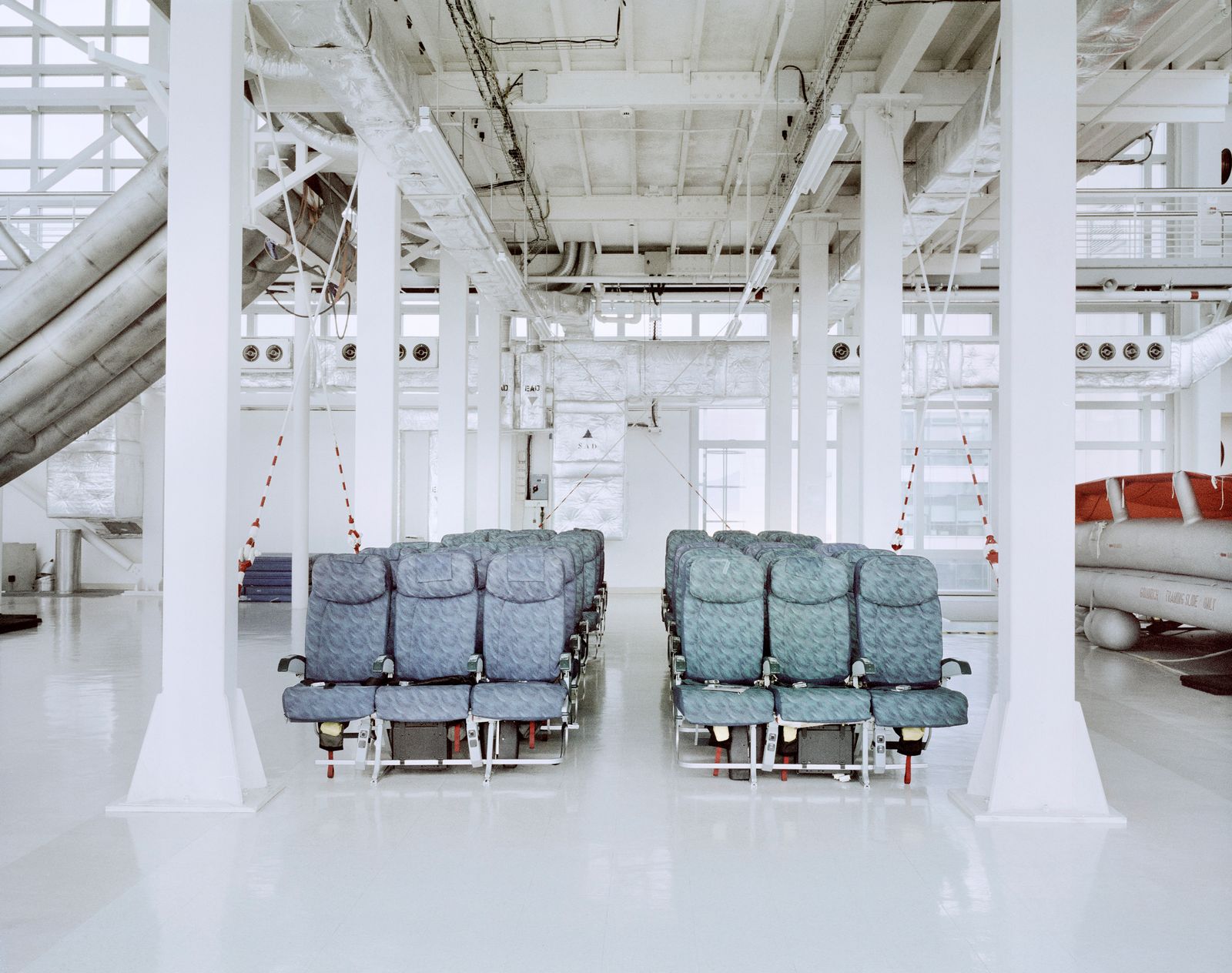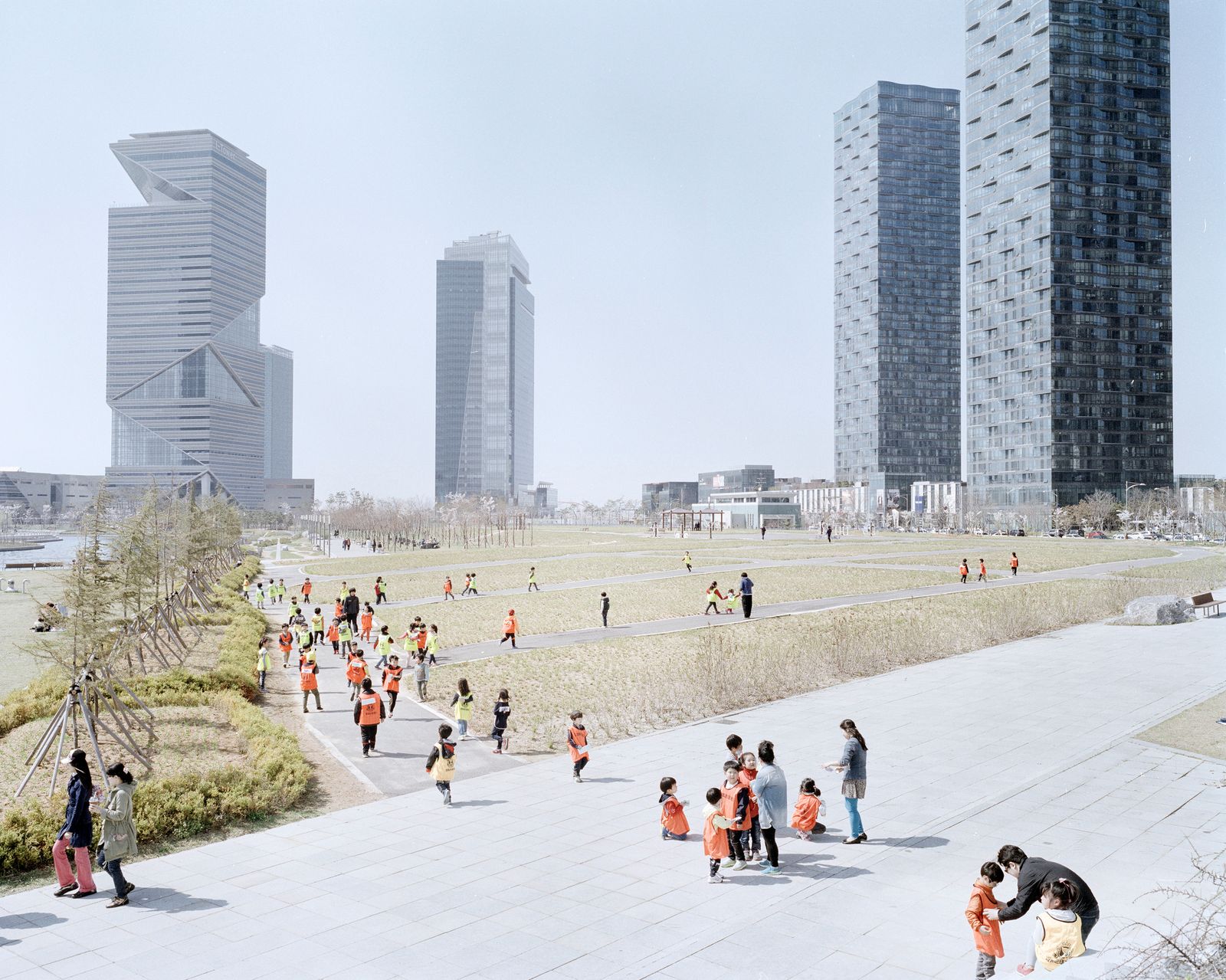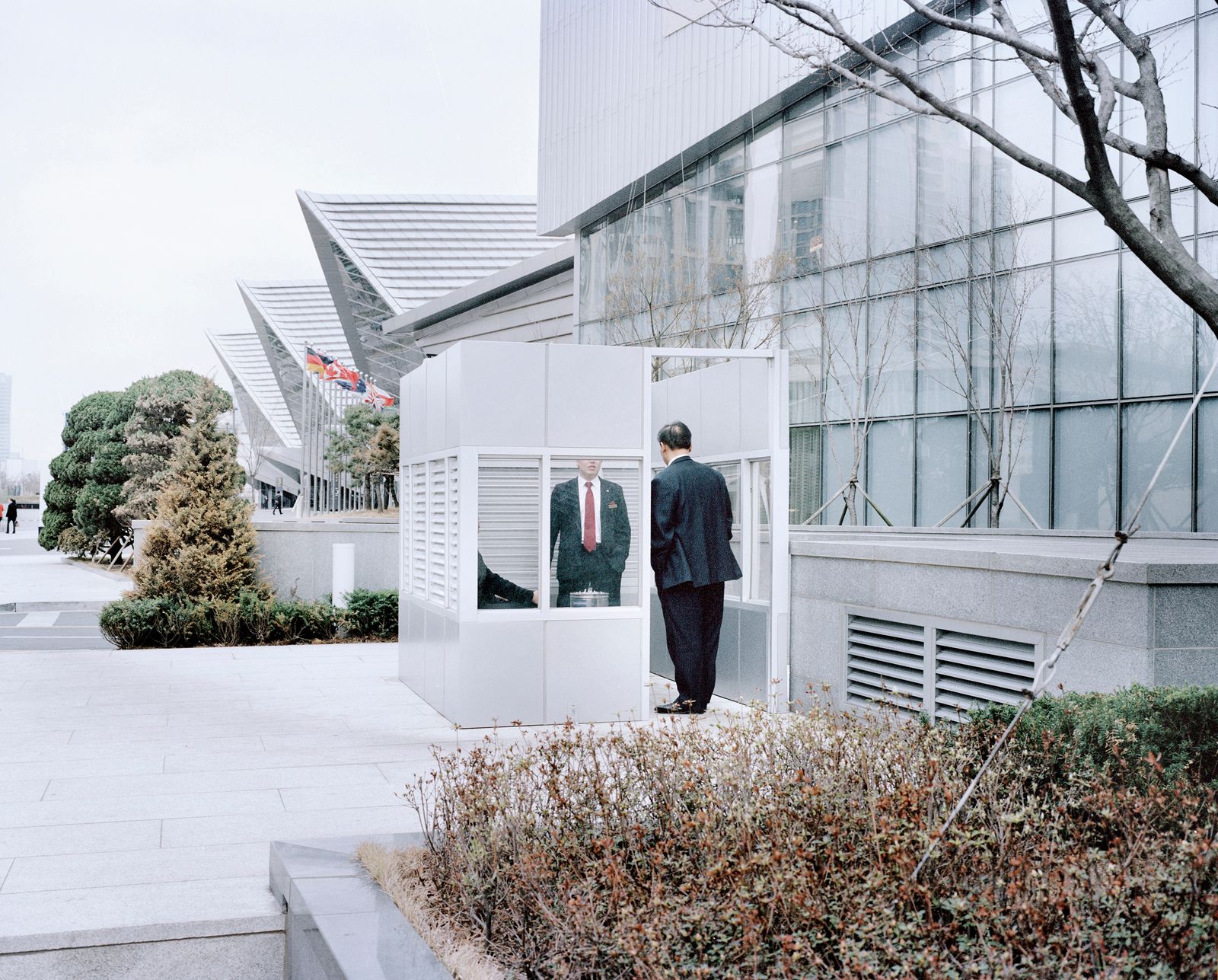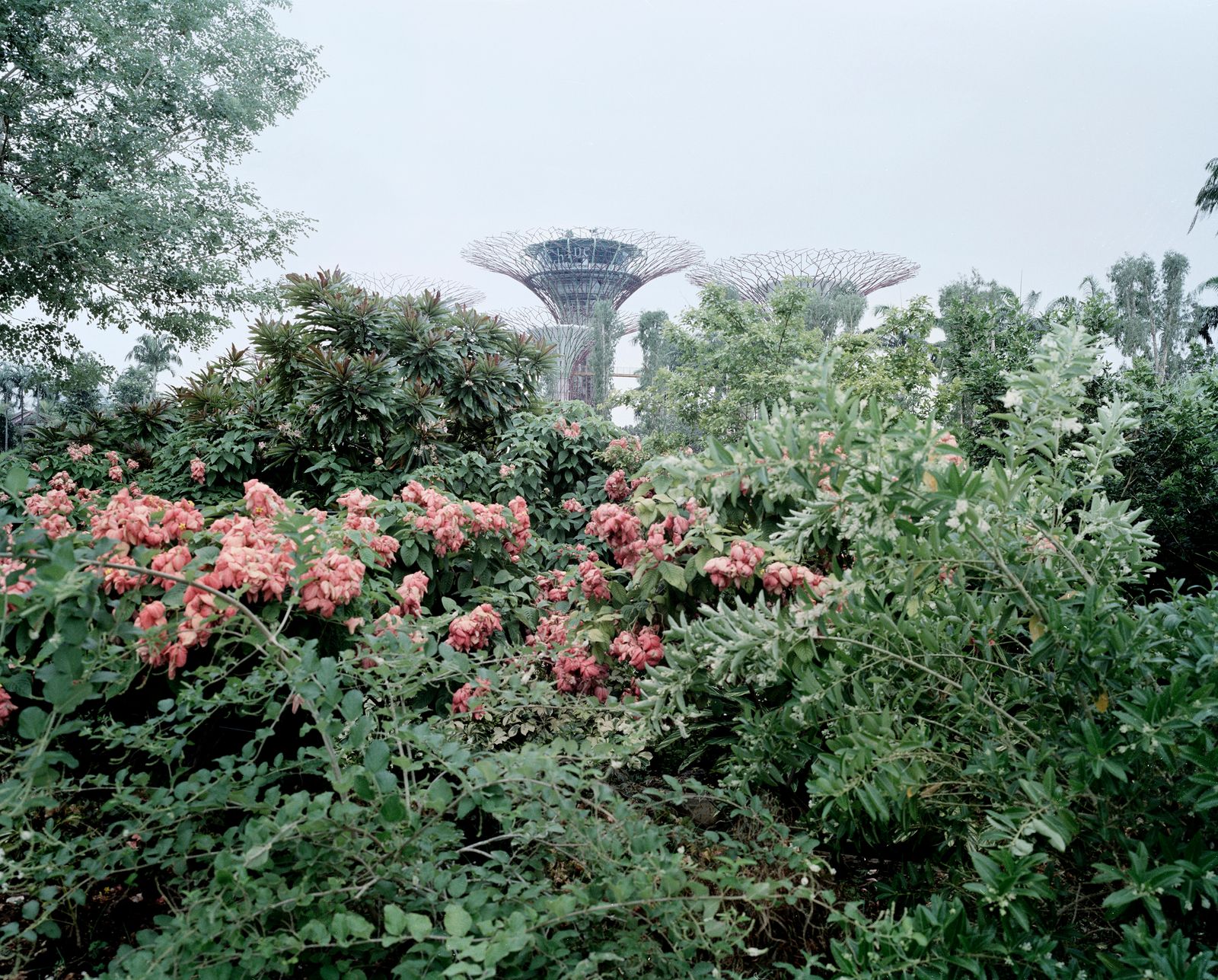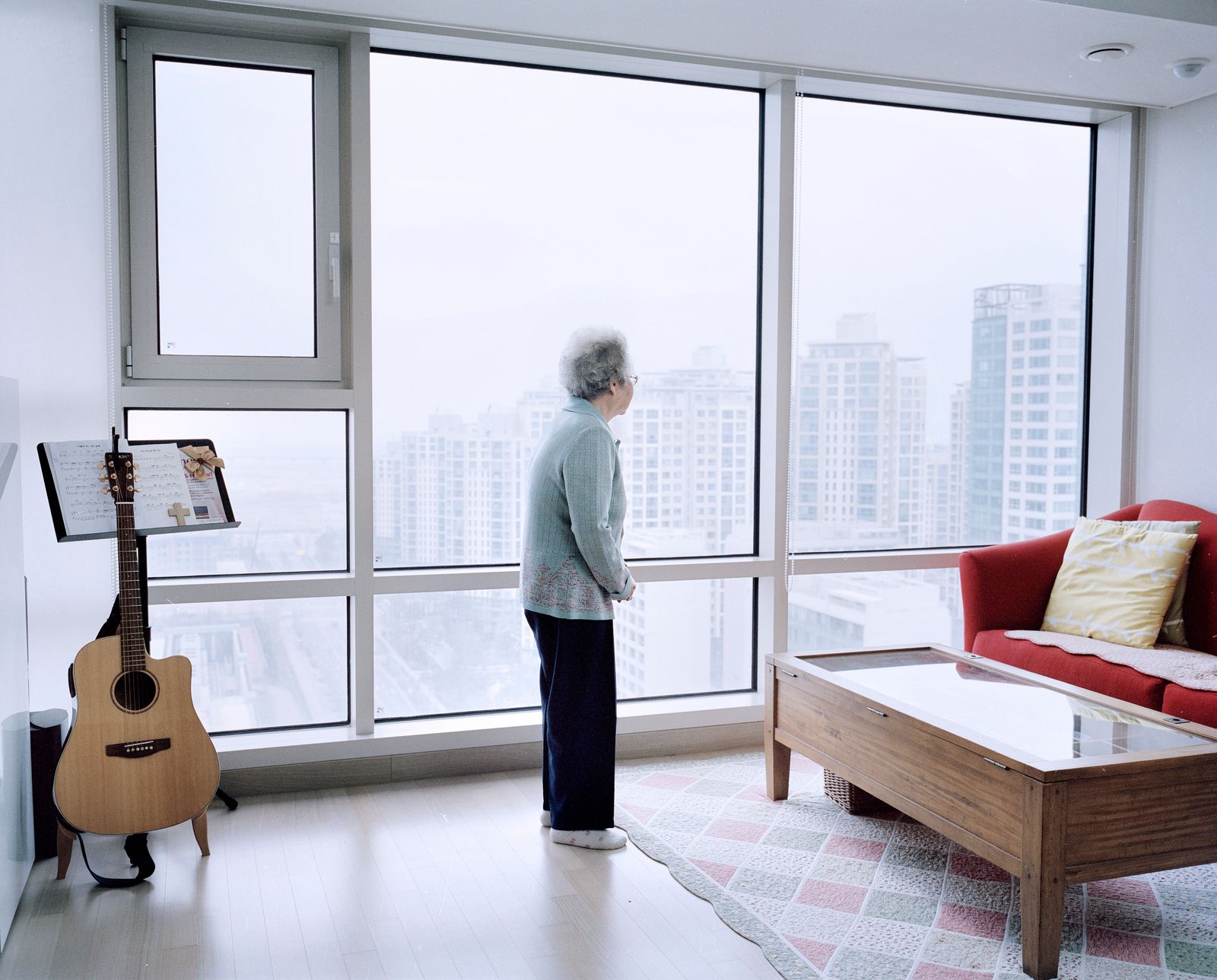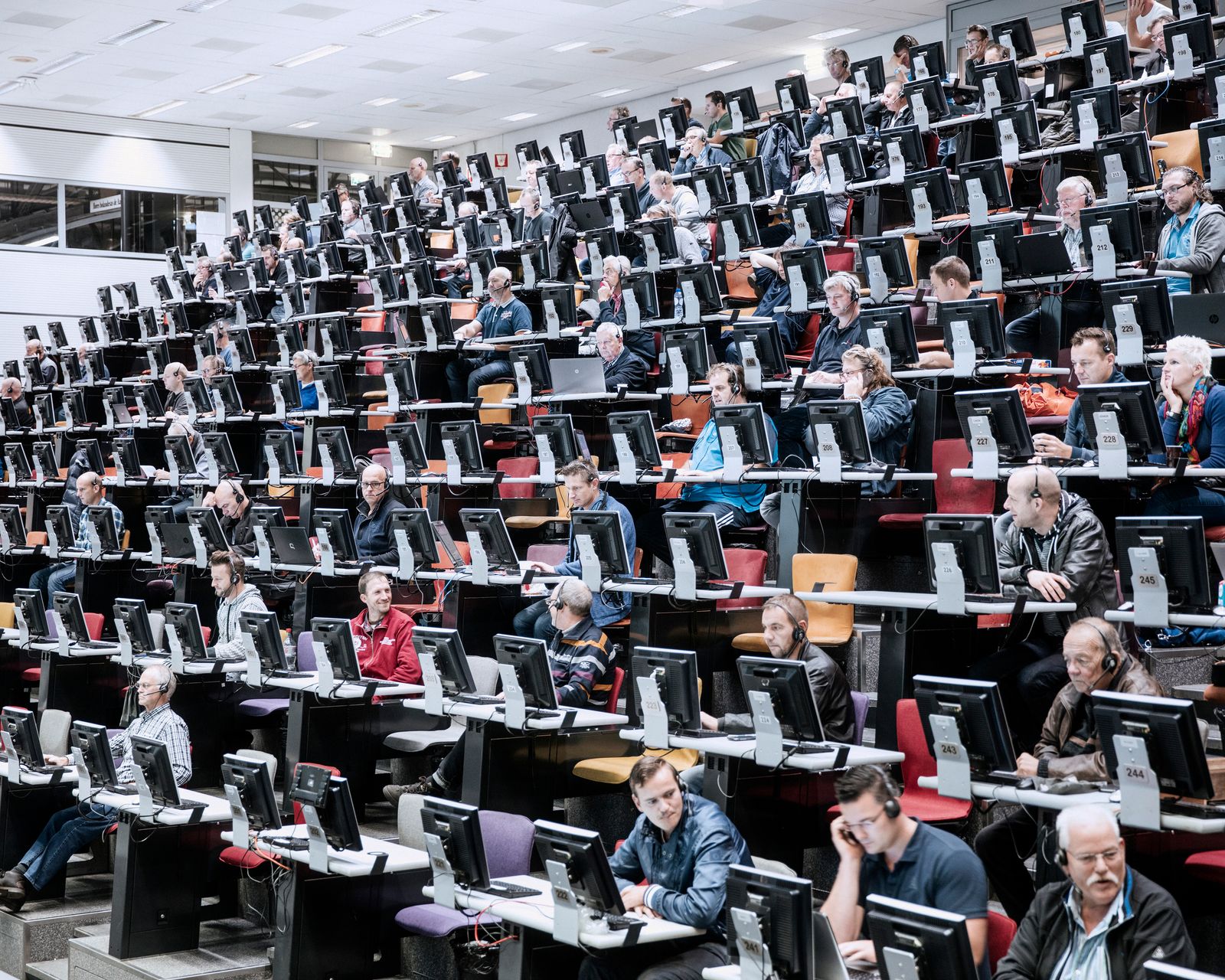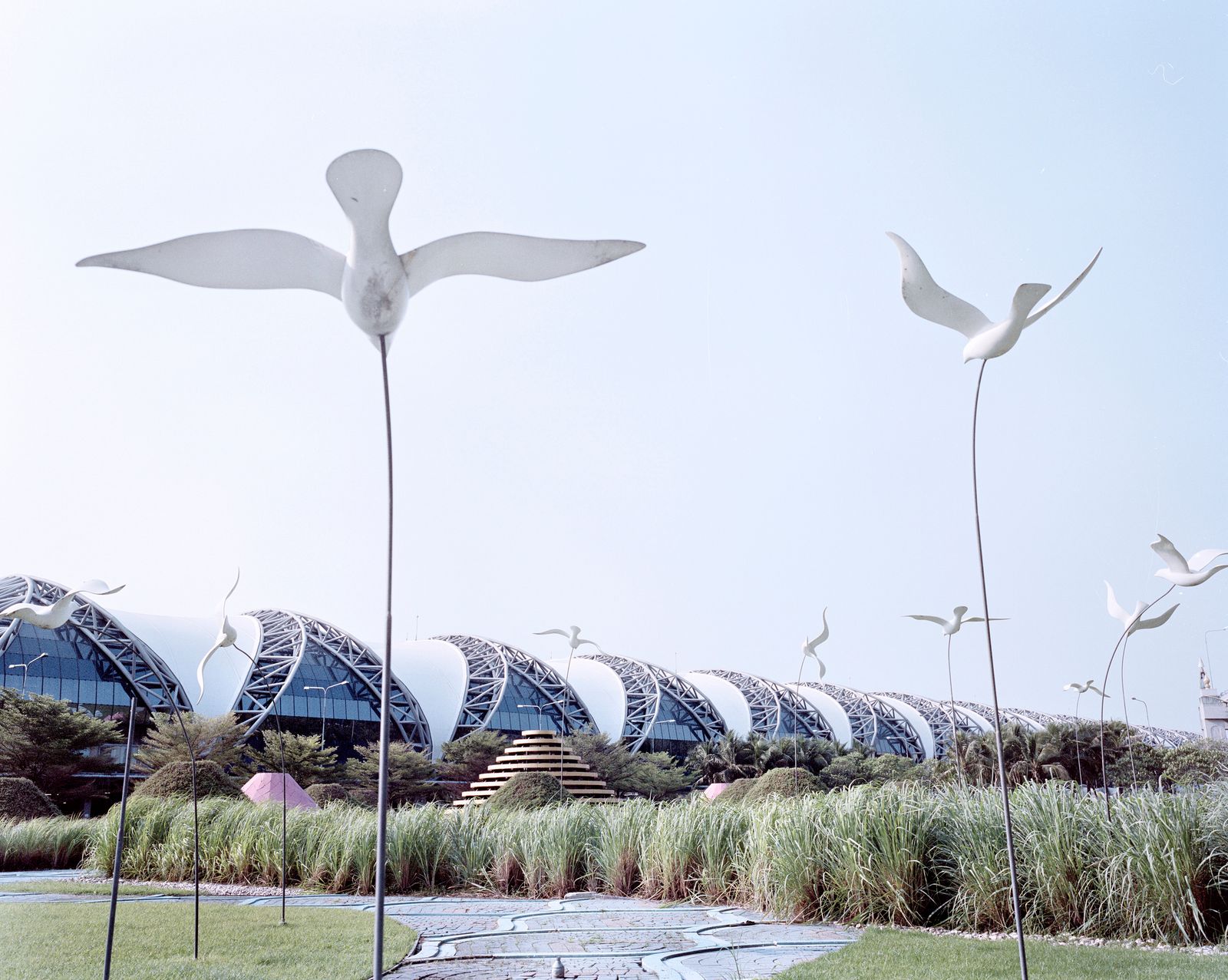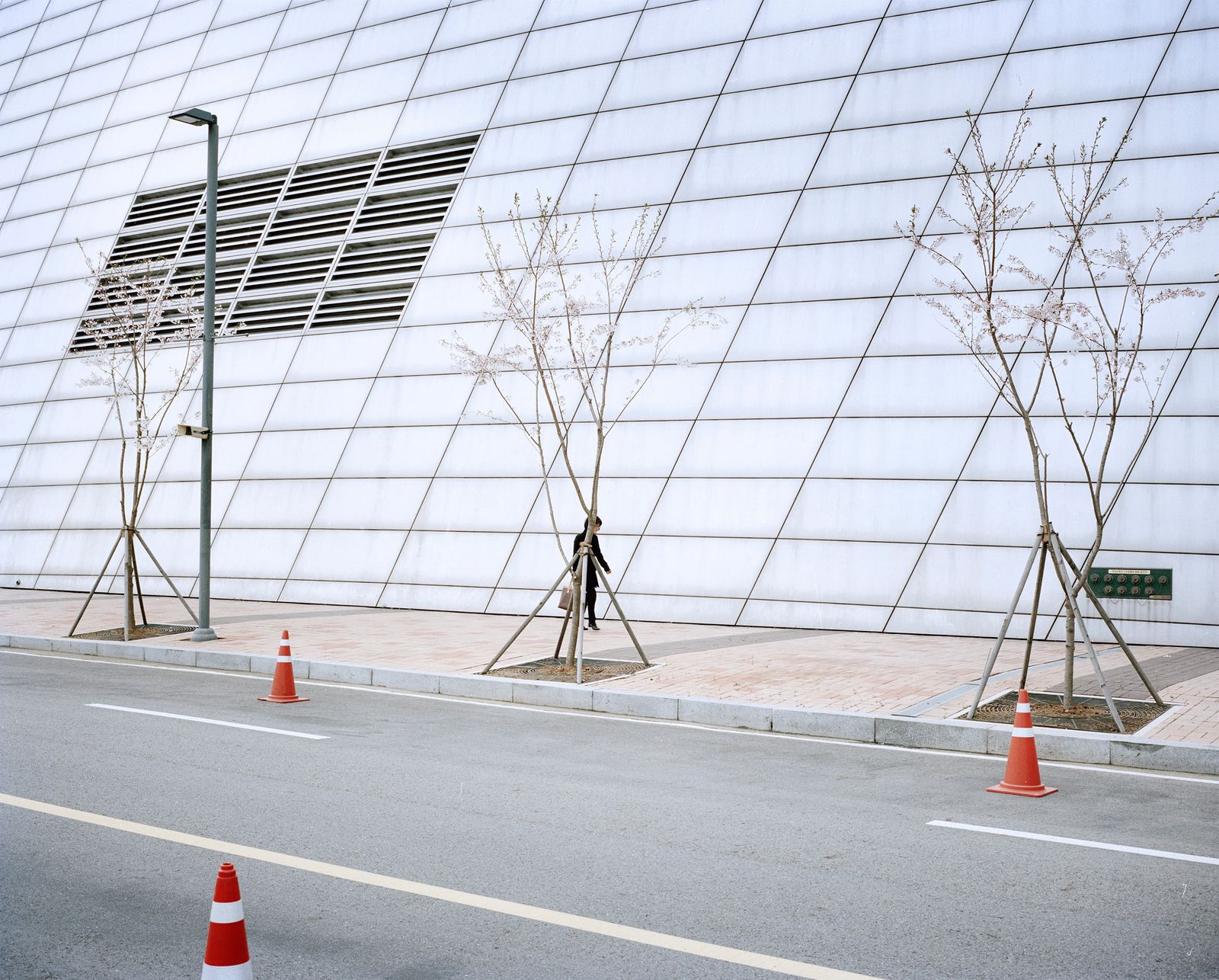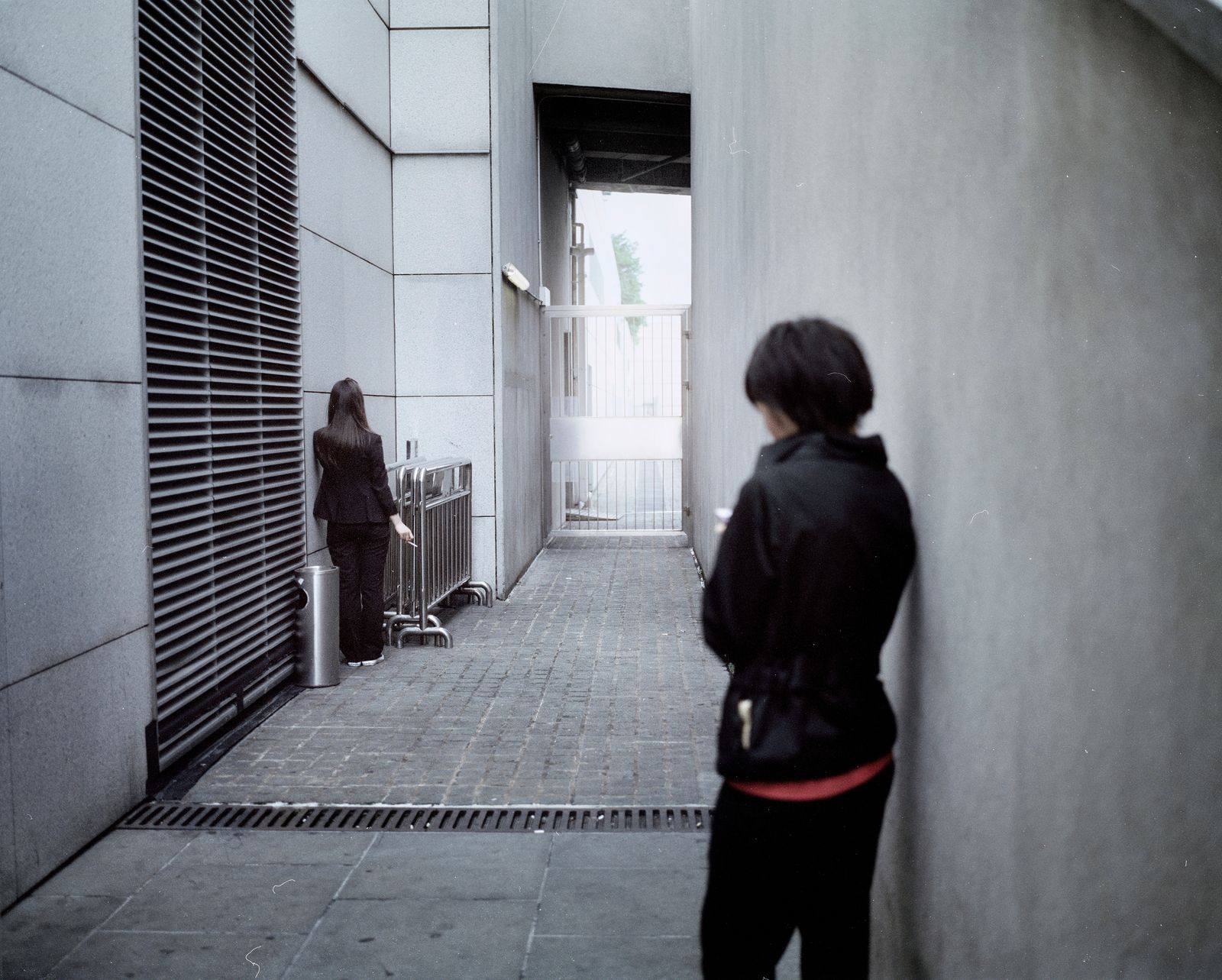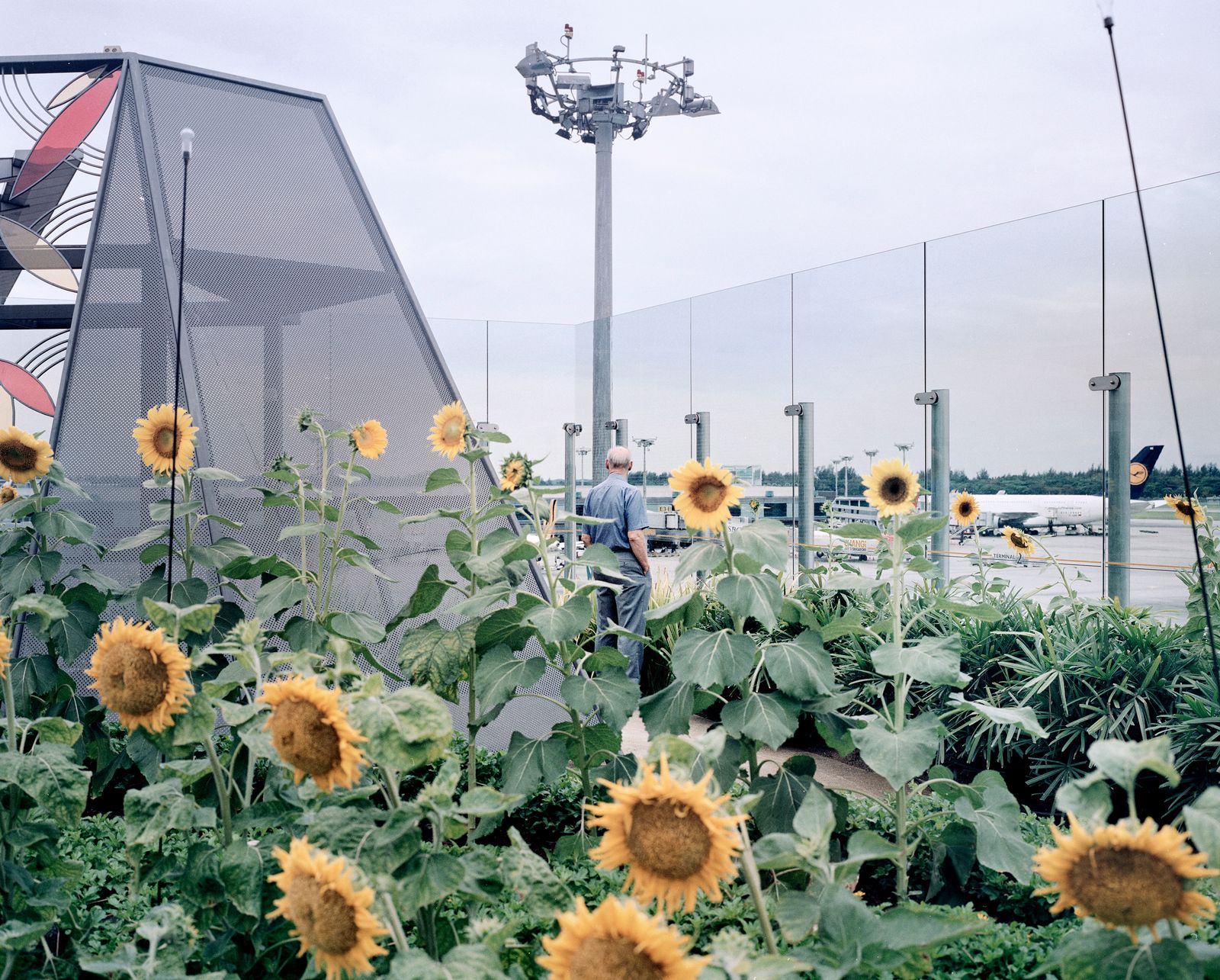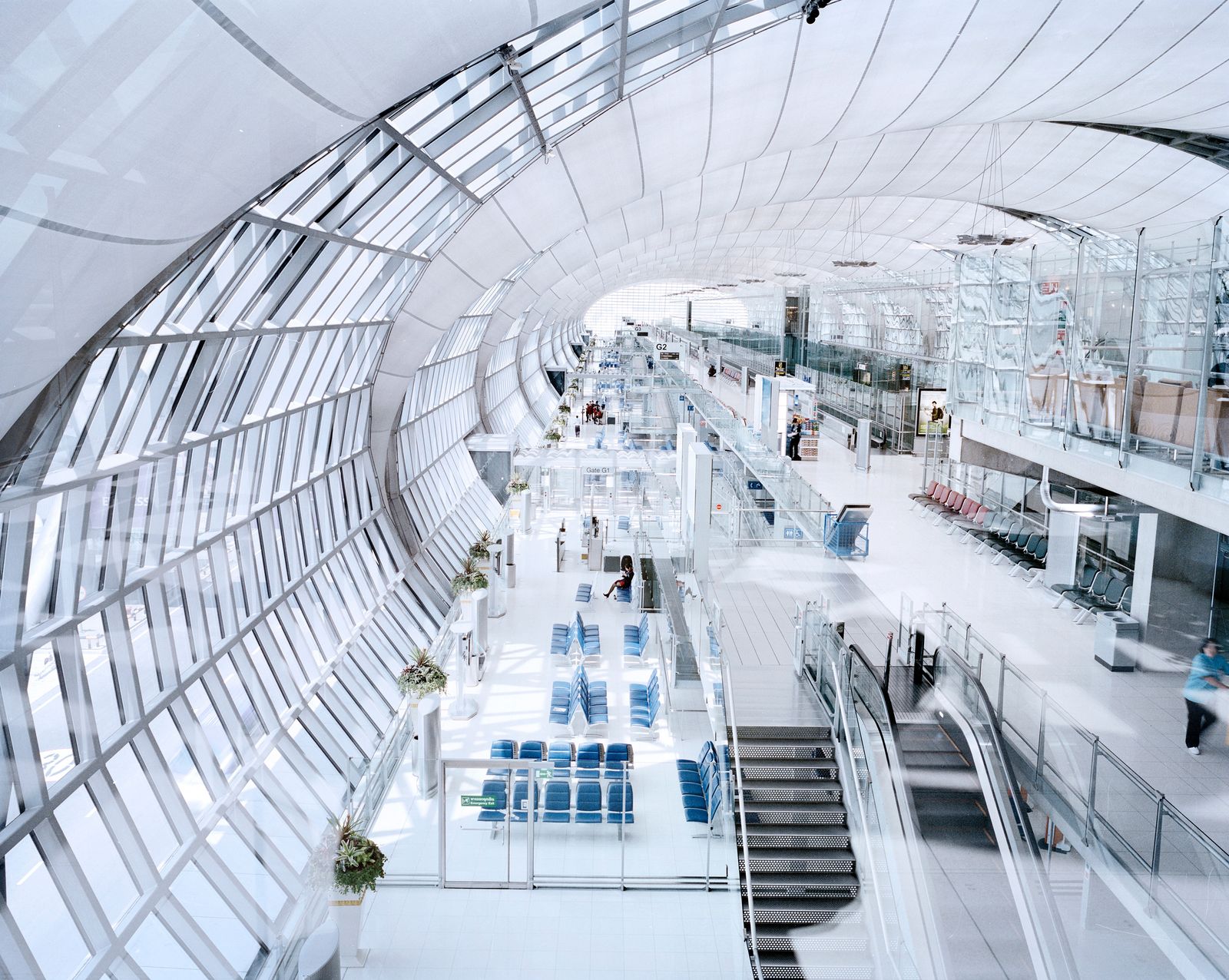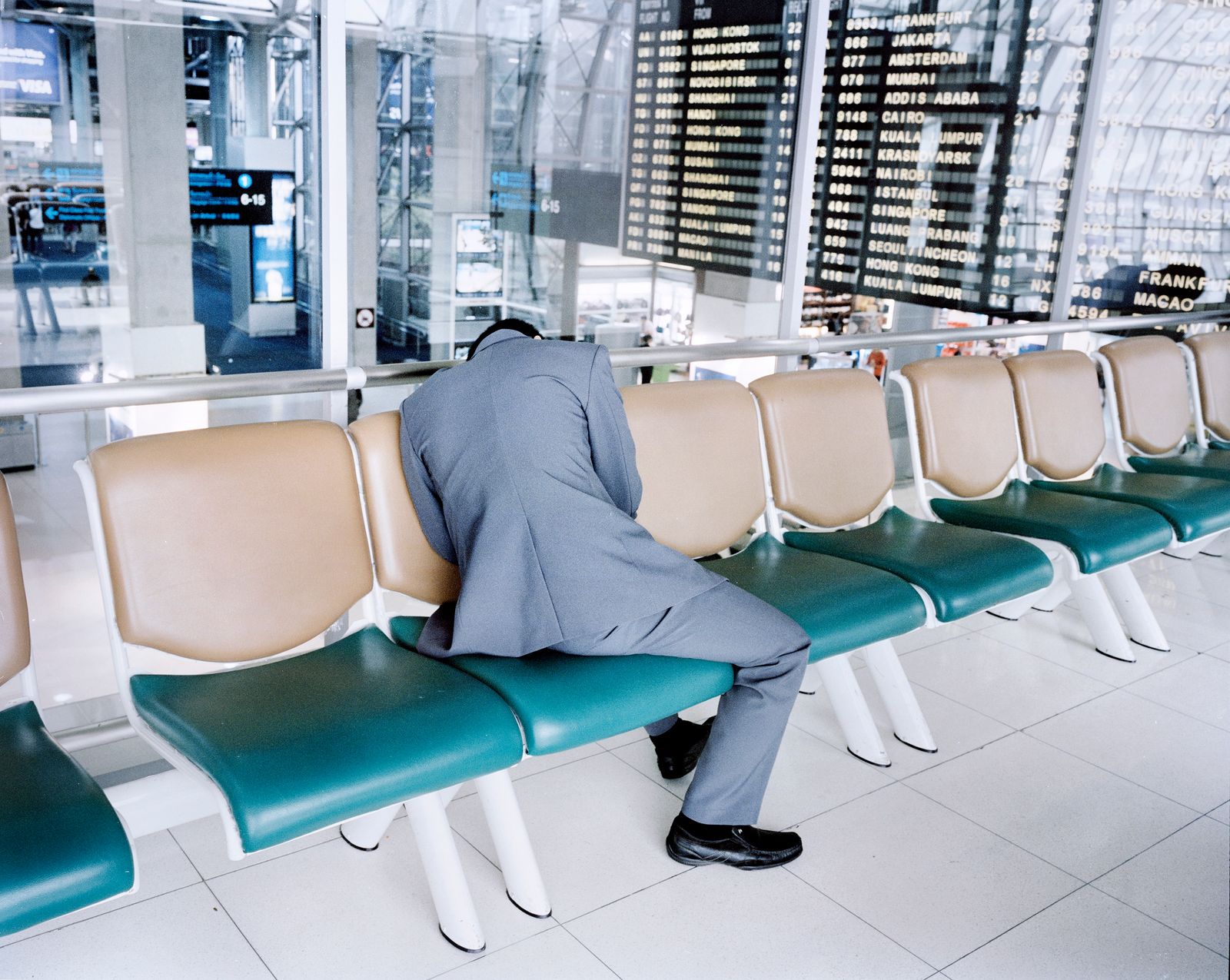Aerotropolis, the way we will live next
-
Dates2014 - Ongoing
-
Author
- Topics Contemporary Issues, Fine Art, Documentary
- Locations South Korea, Bangkok, Hong Kong, Singapore, Netherlands
-
Recognition
An Aerotropolis is an urban form whose layout, infrastructure, and economy is centered on an airport, offering its businesses speedy connectivity to suppliers and enterprise worldwide.
An Aerotropolis is an urban form whose layout, infrastructure, and economy is centered on an airport, offering its businesses speedy connectivity to suppliers, customers, and enterprise partners worldwide. It is a city less connected to its land- bound neighbors than to its peers thousands of miles away. Popularized by the American academic Dr. John Kasarda, at the root of the Aerotropolis lays globalization with the transportation of not only goods but also intellect. An Aerotropolis is a model of a city driven by a combination of business needs and state control. These cities capture the breadth of themes running through civilization from the re-appropriation of the natural landscape to our unquestioning faith in technology on the backdrop of architecture refined in elegance and logic. It is the post-modern city, a vision or perhaps a mirage, it is a window of opportunities to solve the dilemma of modernity: reconciling economic development and sustainable growth. Although most Aerotropolis development to date has been organic, spontaneous and haphazard, in the future it can be more economically efficient, aesthetically pleasing, and socially and environmentally sustainable by adopting a synergic approach, which includes strategic infrastructure and urban planning.
This project is a ride across the most developed examples of Aerotropoli in the world, aiming at depicting their common features, specific development patterns and the challenges and solutions encountered. The visual approach to this series aims to examine the gap between the built environment and our daily interactions with it as technology and globalization continue to evolve. With the changing approach to city planning and functional architecture, an obsession to rhapsodize about the past has risen, from implanting existing spaces in to new environments, for example in New Songdo, the airport city includes a Jack Nicklaus golf course along side landscapes modeled on Venetian canals and Central Park.
